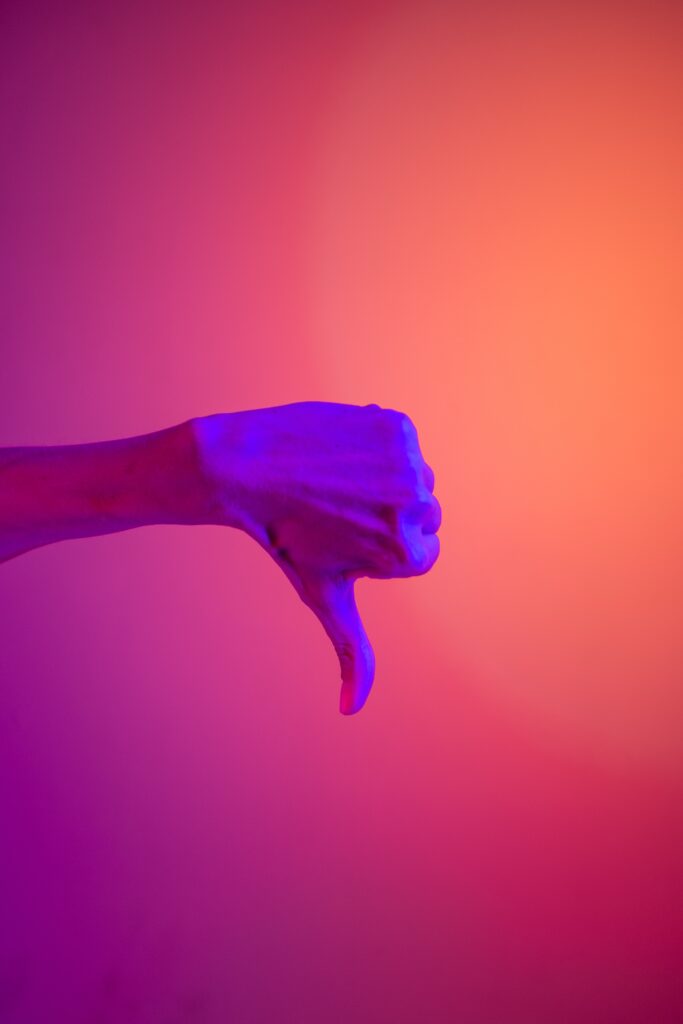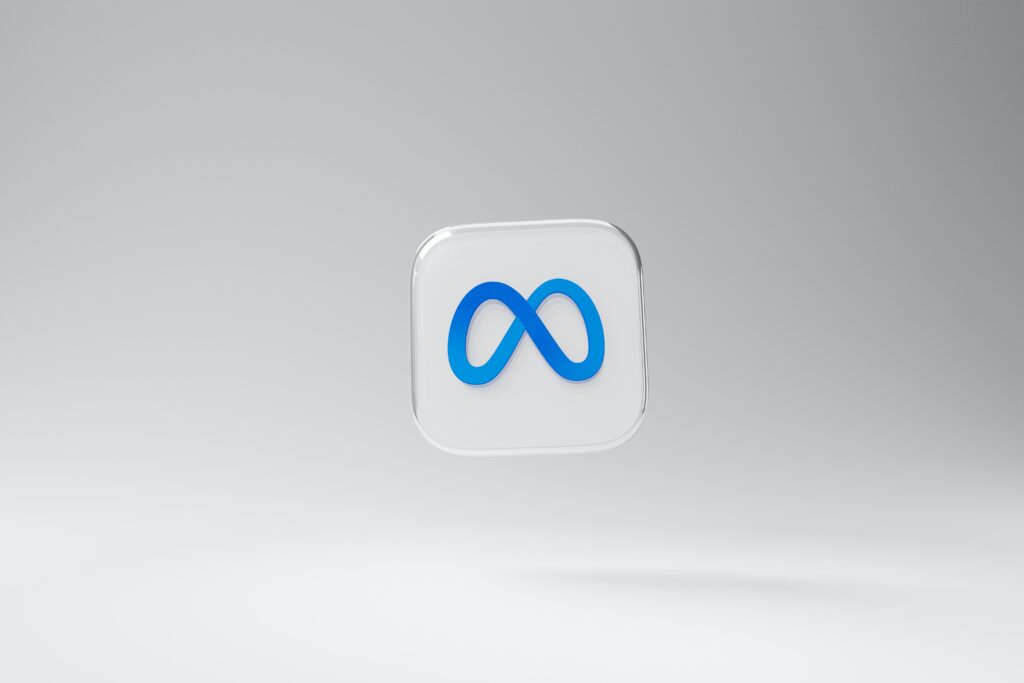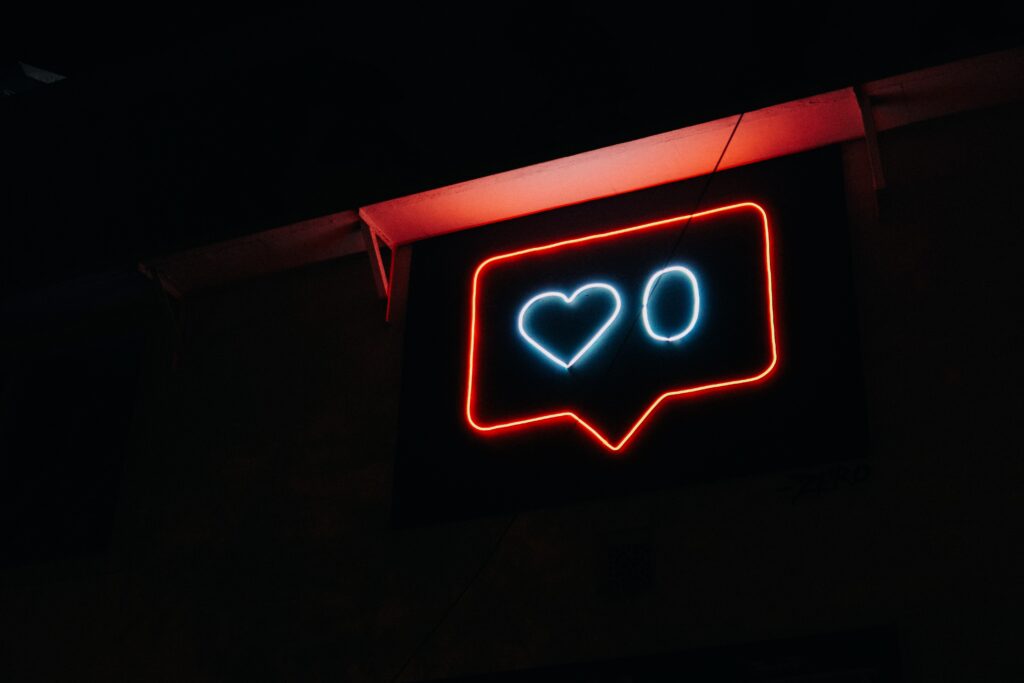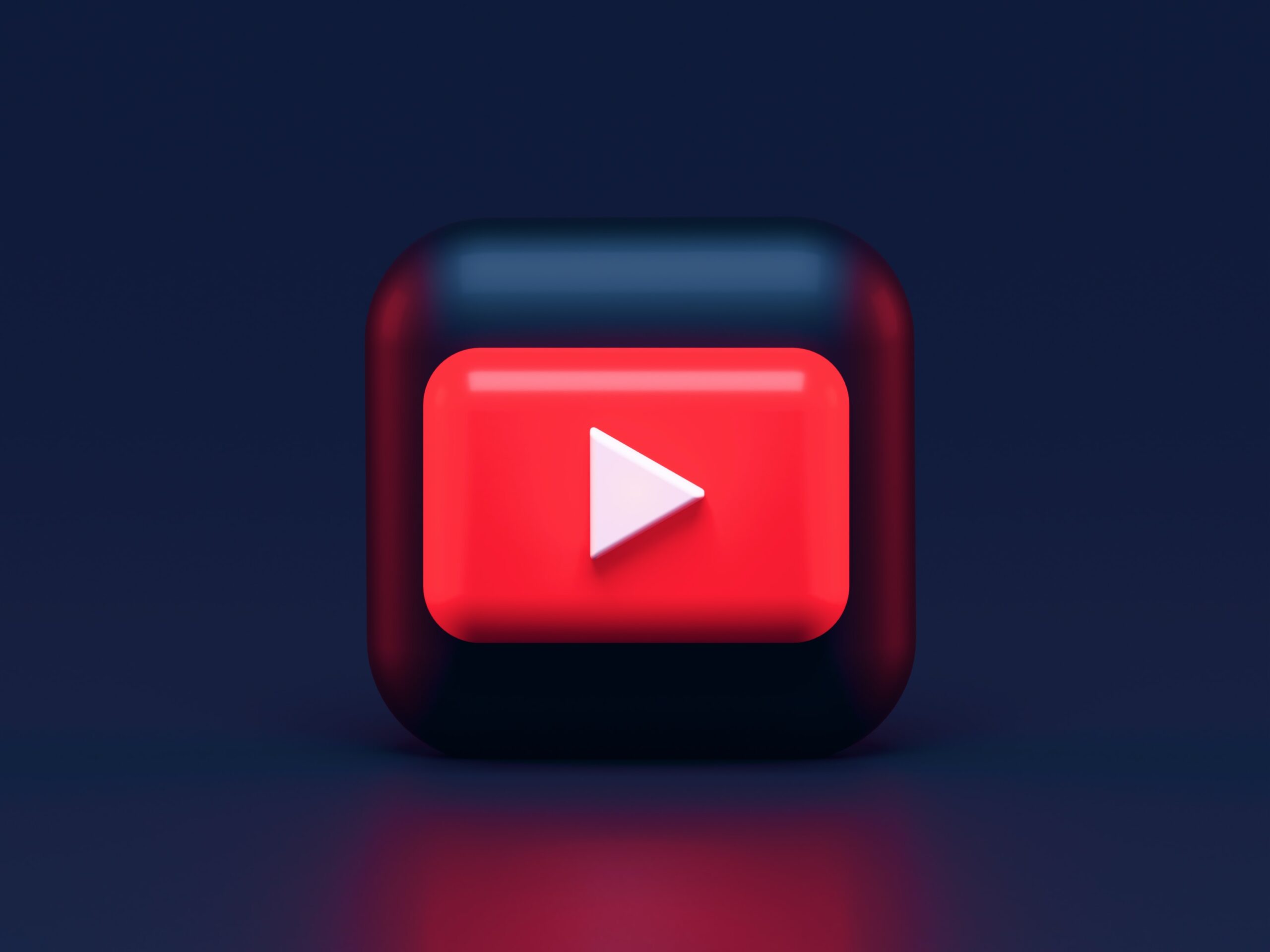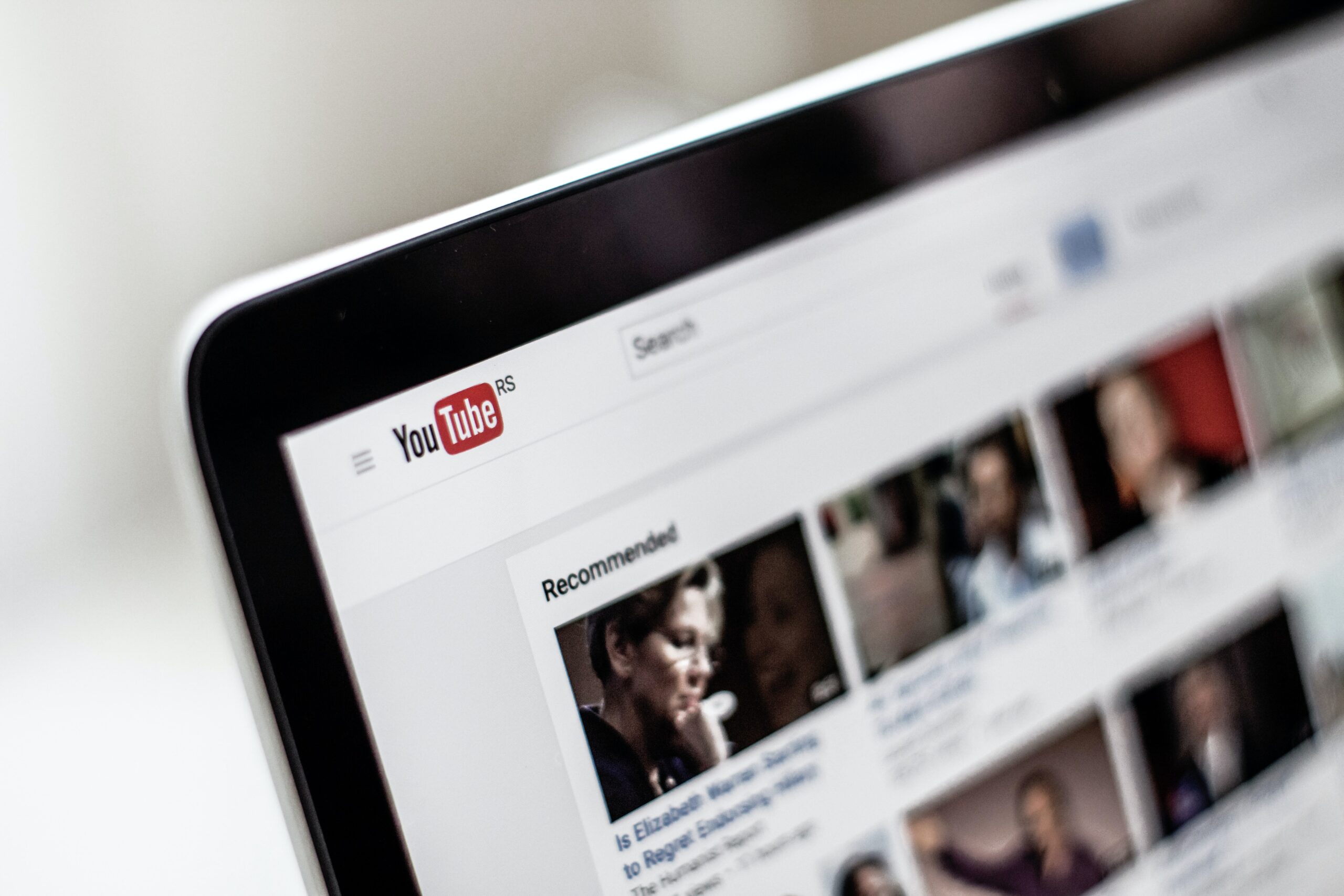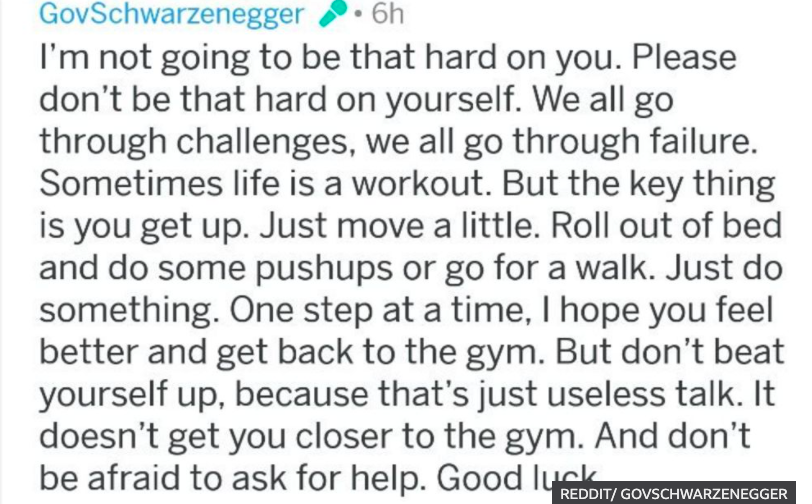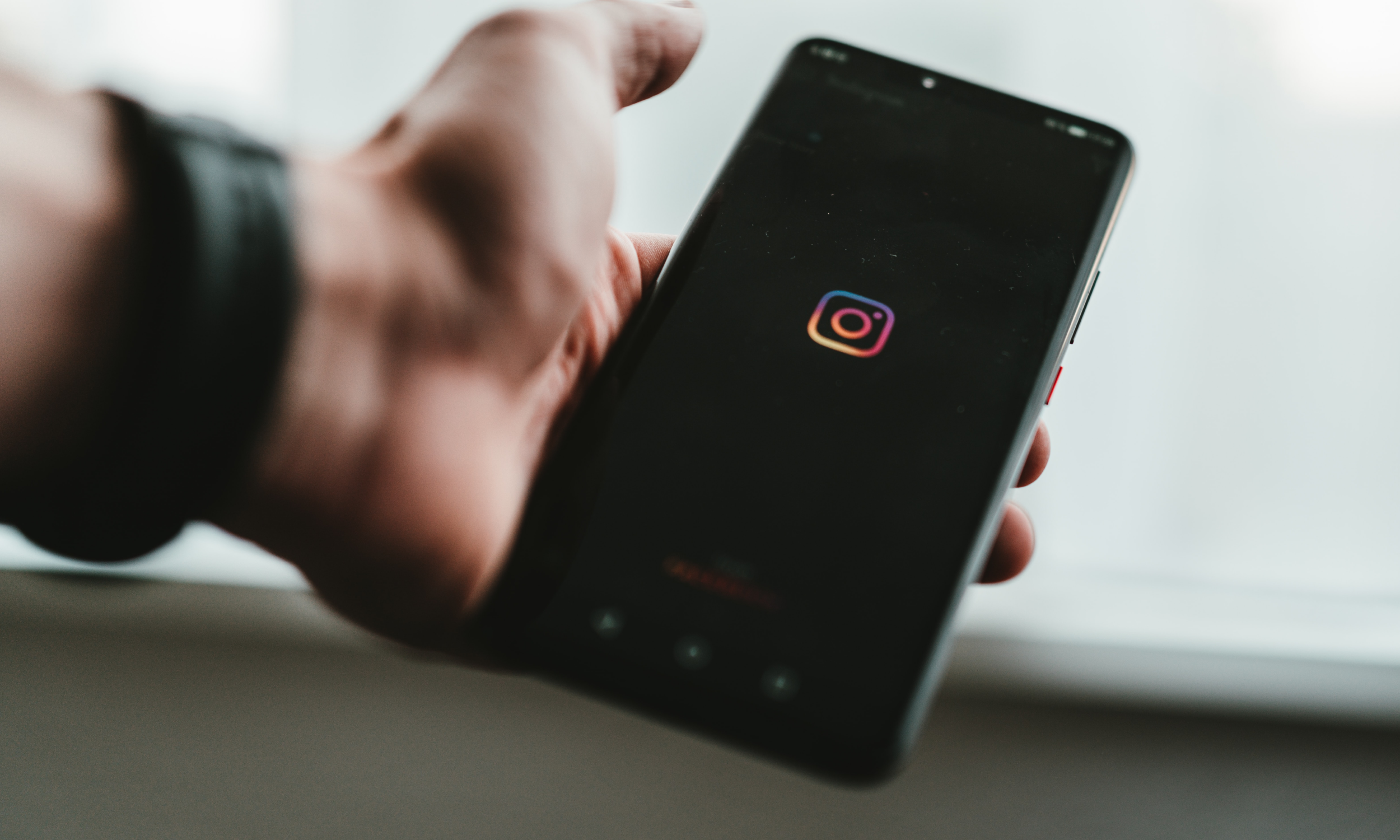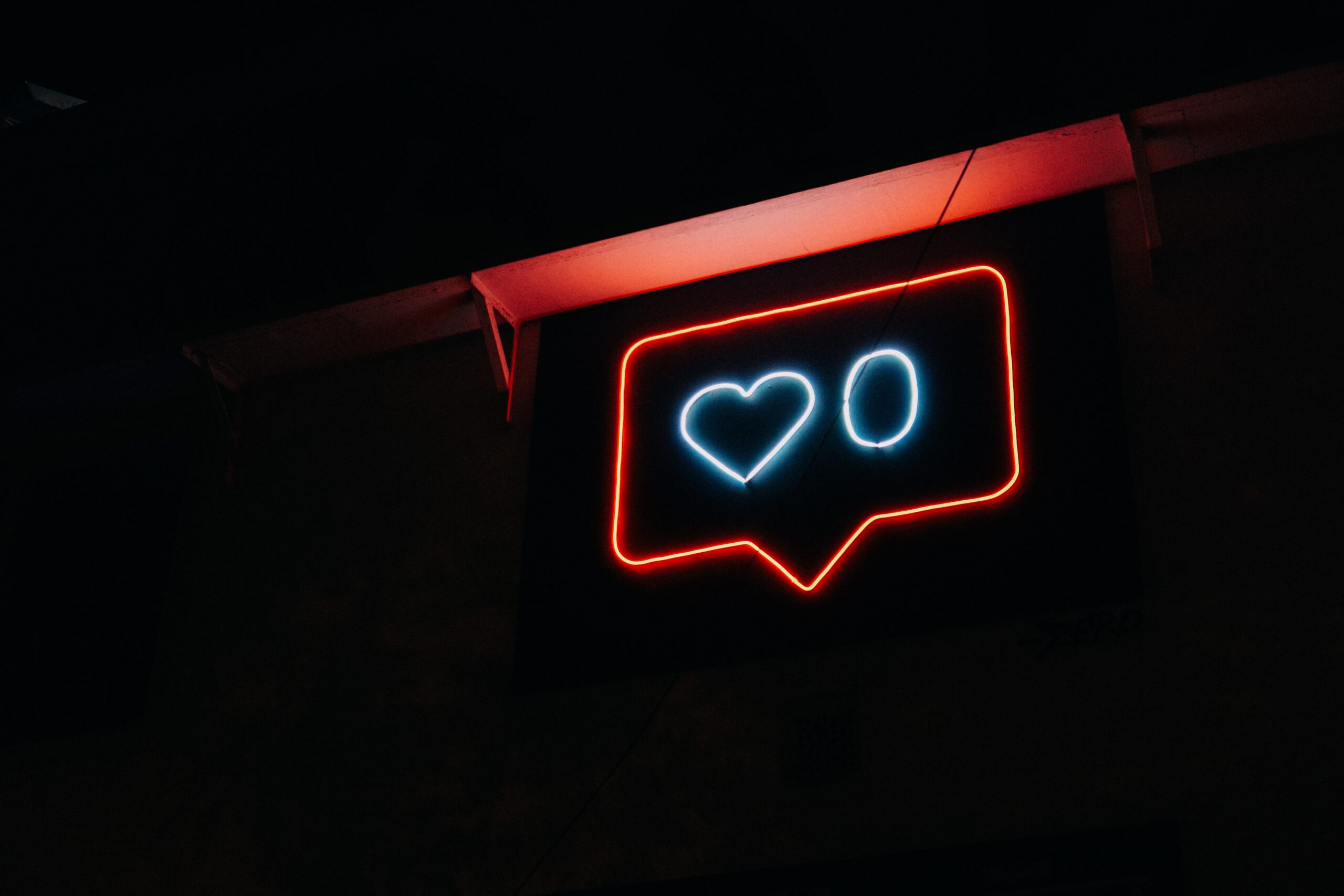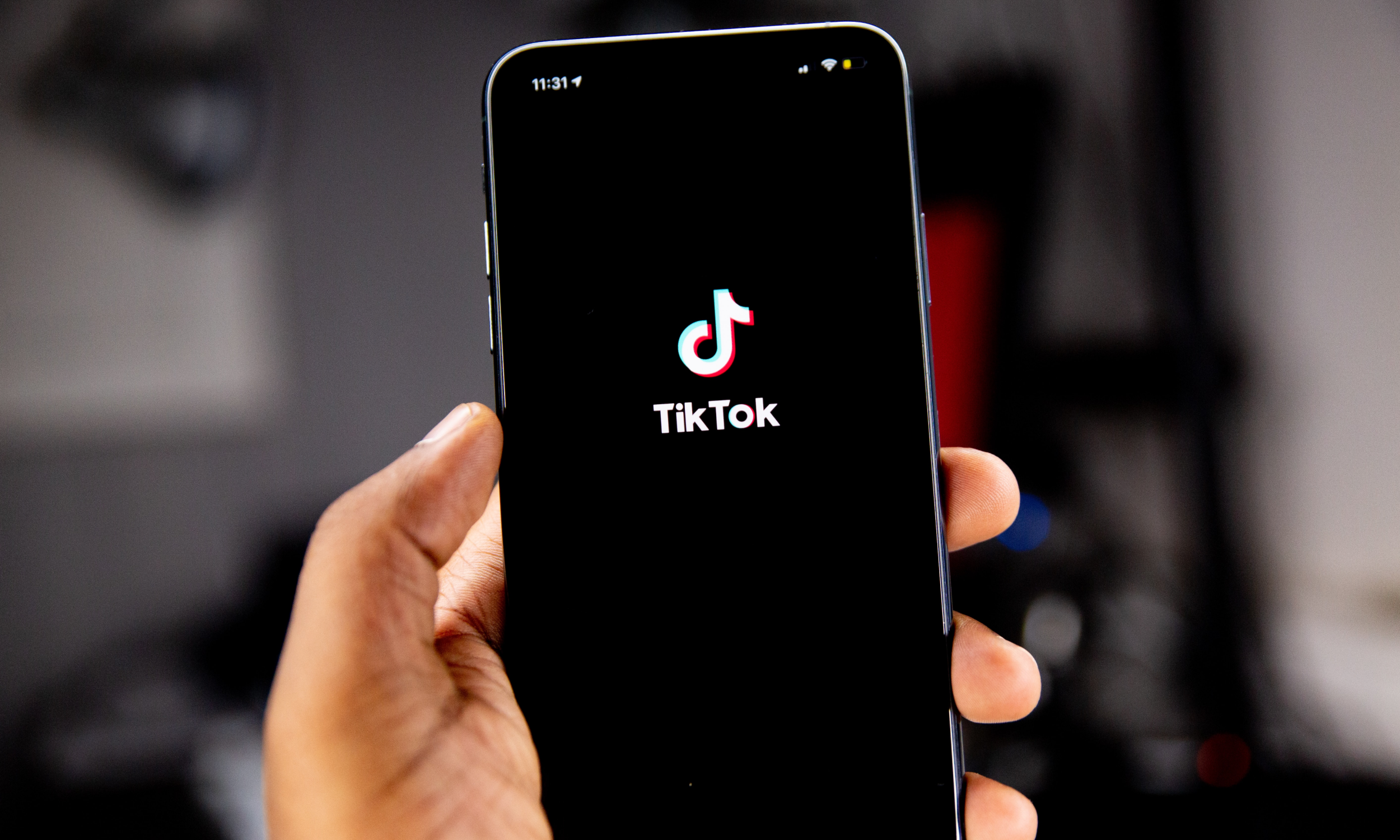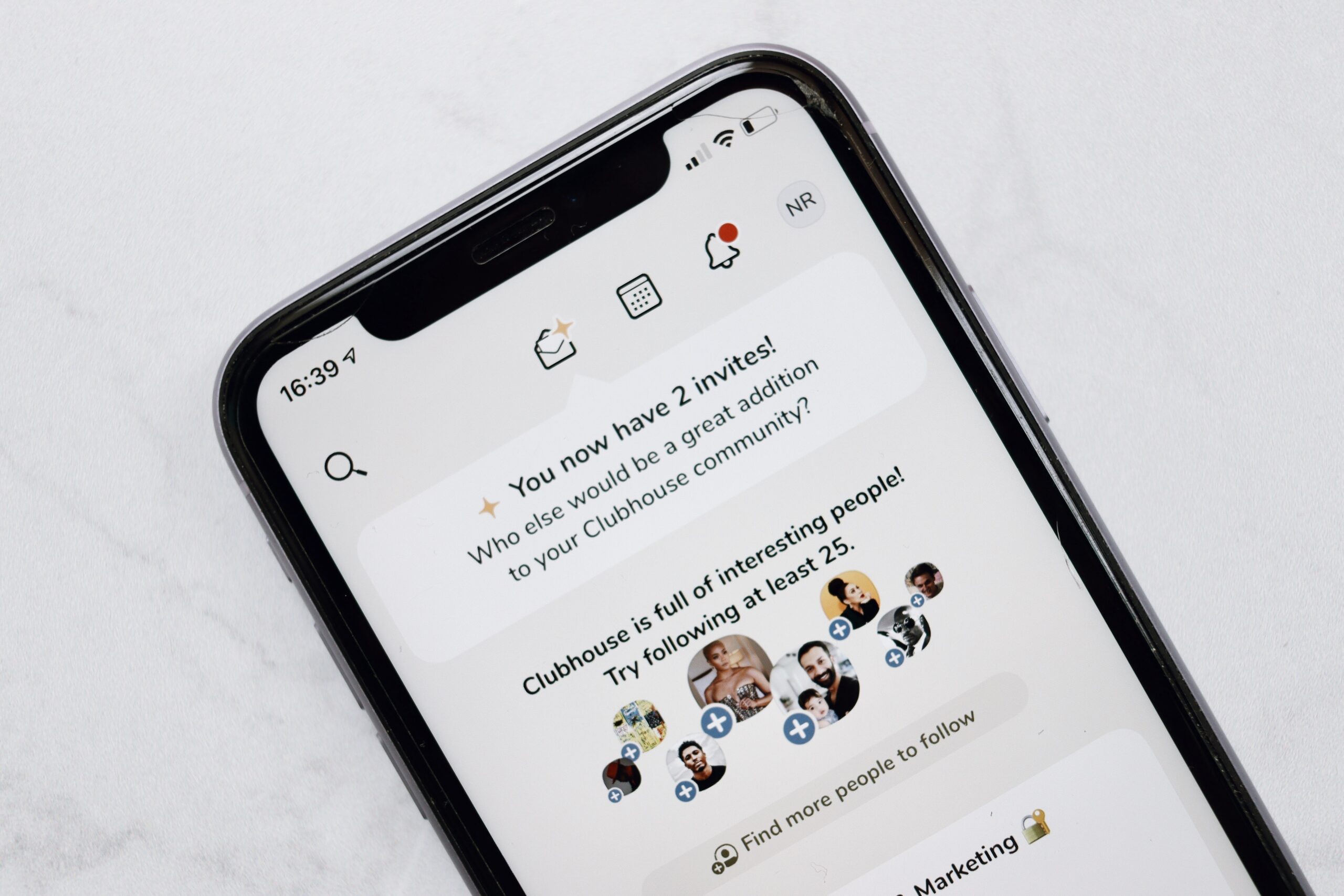In the dynamic world of modern marketing, the symbiosis of influencer content and performance marketing emerges as a powerful force. This approach entails a multifaceted strategy that melds the strengths of influencers, data-driven insights, and optimized ads. At its core, this methodology revolves around seamlessly integrating influencer content into performance campaigns, guiding potential customers towards online shops with finesse. Features like Instagram Shopping and Facebook Shop enhance the customer journey, optimizing the conversion process. This article explores the intricacies of this strategy, unraveling how it drives engagement and sales.
The Evolution of Performance Marketing with Influencer Content
Performance Marketing with Influencer Content, though not novel, has gained substantial traction in recent times. This method empowers advertisers to refine their marketing tactics, fostering user acquisition, brand recognition, and efficient return on ad expenditure. At its essence, creator-based performance marketing transforms authentic content generated by influencers and content creators into the driving force of performance campaigns. The resultant conversion-optimized ads propel sales in the domains of e-commerce and social commerce.
Harnessing Influencers and content creators in the Digital Era
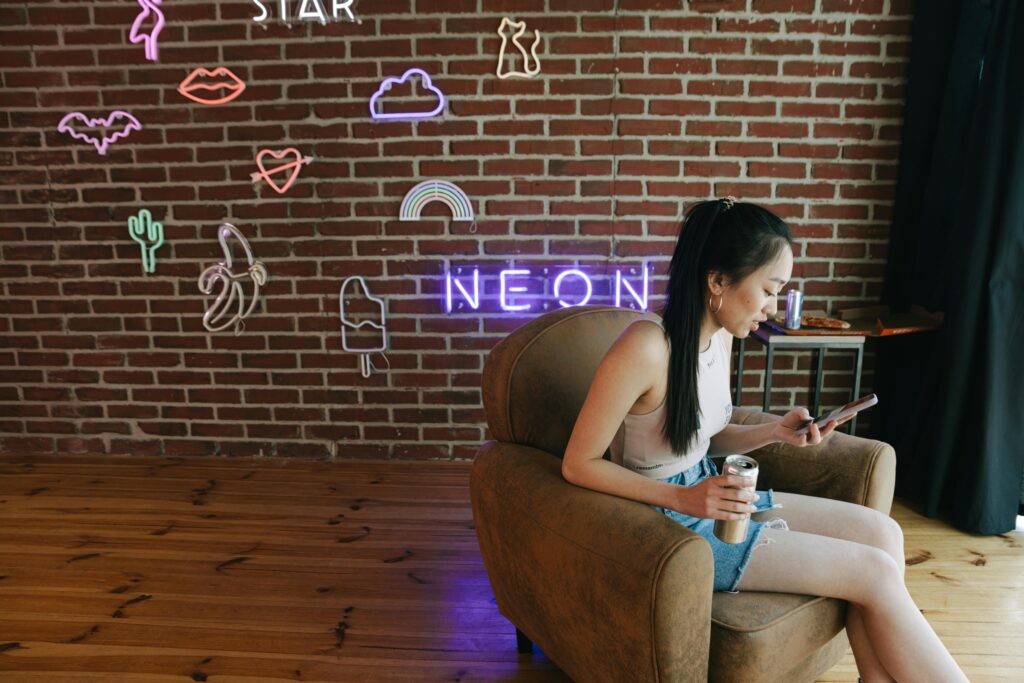
In the contemporary digital landscape, social media has emerged as a dominant player in marketing. The convergence of influencer marketing with performance campaigns amplifies the efficacy of advertising strategies. Influencers and content creators wield the trust of their followers, endorsing products with research-backed integrity rather than contractual obligations. In contrast to celebrity endorsements, influencer marketing’s appeal lies in its laser focus on niche communities, facilitating profound engagement.
Crafting an Effective Creator-Based Performance Marketing Strategy
Within this realm, crafting an effective creator-based performance marketing strategy entails a multifaceted orchestration. The interplay of compelling content, astute audience targeting, and finely tuned ads constitutes the symphony of success. By assimilating influencers’ and content creators’ authentic perspectives, brands synthesize a resonant narrative that propels users towards online shops. This integration serves to humanize the marketing process, fueling engagement and driving conversions.
Empowering Campaigns with Influencer Creatives
In today’s digital tapestry, influencers and content creators have ascended to the role of modern storytellers. Their content possesses the rare ability to captivate and convert. Integrating influencer-generated content into performance campaigns taps into an authentic wellspring of relatability and trust. This integration imbues advertisements with an undeniable authenticity, fostering a seamless transition from interest to purchase. By embedding influencer and content creator insights into the journey, the trajectory from browsing to transaction becomes intuitive, catalyzed by the persuasive power of genuine endorsement.
Moreover, influencer content can be marketed on a much more authentic level. Which leads to the usage of diverse, creative and target group-oriented assets, instead of having to rely on or resort to monotonous, less authentic stock images. Customers are thus addressed on an emotional level, while at the same time a recognition value occurs, which increases the purchase potential immensely. This also leads to cost efficiency on the brand side, as the influencer and content creator campaigns created can simultaneously create a synergy for the usage and marketing on other channels.
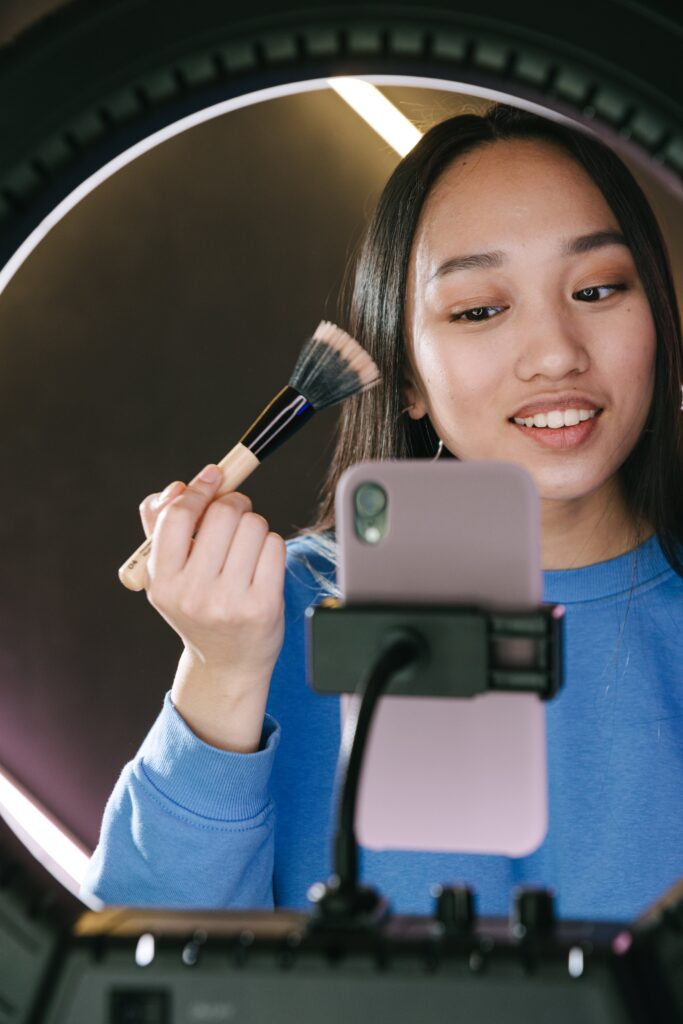
A Seamless Path to Conversion
In bridging the inspiration-to-action gap, the pivotal role of influencer content takes center stage. Brands have leveraged ingenious features such as Instagram Shopping and Facebook Shop to facilitate frictionless conversion pathways. Merging influencer content with these tools elevates inspiration to actionable engagement. Audiences captivated by influencer- and content creator-endorsed products can seamlessly transition from captivating posts to tangible purchases. This harmonization ensures a seamless journey, transforming potential customers into steadfast advocates and fostering an enduring cycle of engagement and growth.
The Essence of Influencer Selection and Engagement
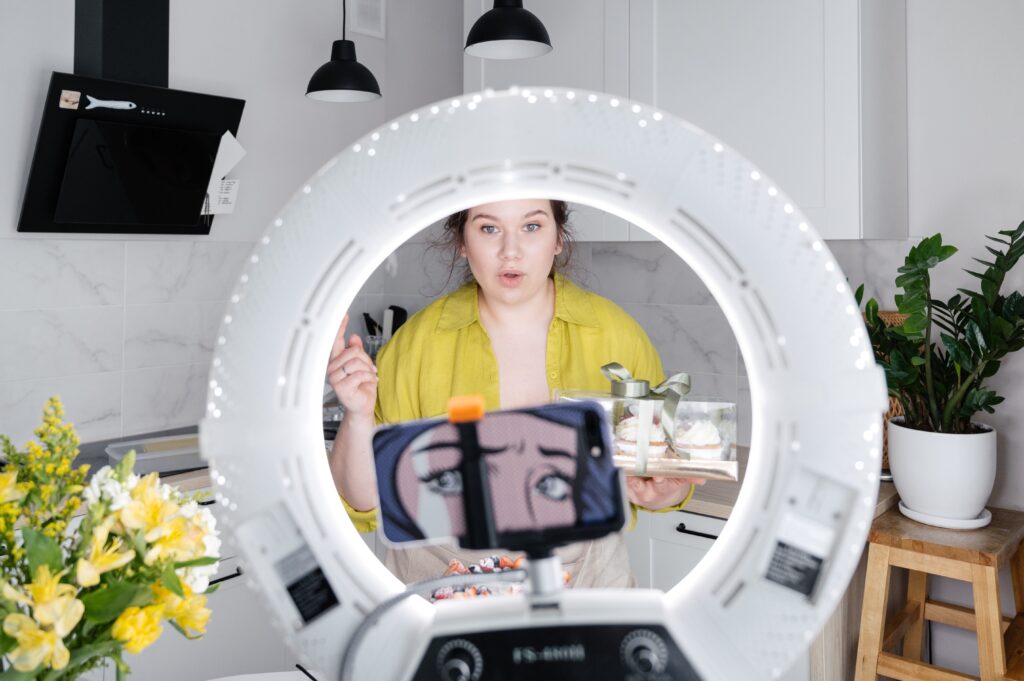
Optimal influencer and content creator selection is foundational to this approach. Establishing transparent agreements and briefing influencers and content creators on brand ethos are essential to fruitful collaborations. Legal safeguards and clear communication lay the groundwork. In scenarios where expertise is limited, partnering with agencies can streamline influencer and content creator interactions and campaign execution.
In Closing: Creator-Based Performance Marketing Unveiled
To summarize, the convergence of influencer content and performance marketing encapsulates a dynamic approach that intertwines storytelling with data-driven precision. Integrating influencer and content creator insights within this framework magnifies its impact. By aligning influencer and content creator expertise with e-commerce tools, brands sculpt a seamless journey from intrigue to conversion. This narrative-rich pathway augments user experiences, fuels engagement, and emboldens online sales, forging a harmony between authenticity and commerce.

